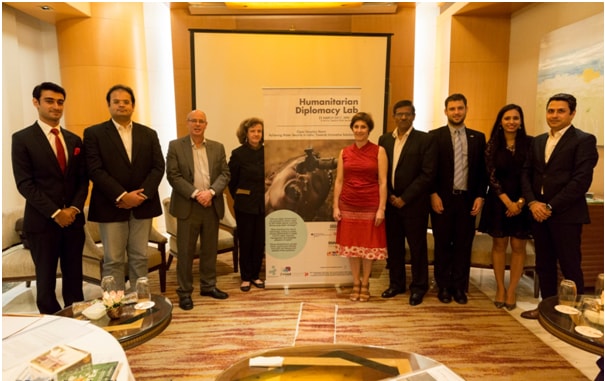World Health Day is an annual reminder, an alarm set by the World Health Organisation (WHO) to remind the world of both the increasing health burden and attention required for public health. This year, 7th April, is a day that marks 68 years of the WHO’s effort in preventing, arresting, and reporting on public health issues and incidents globally, the spotlight is on depression.
The quiet temperament of depression is often the reason that it goes unnoticed till it’s too late. Keshav Desiraju, Former Union Health Secretary and Chairperson of the Population Foundation of India said, “Mental health cannot be divorced from physical health – in fact people suffering from major depression have a 40 – 60% chance of dying prematurely due to physical health problems that are left unattended or suicide. Suicide is the second most common cause of death among young people worldwide. The Mental Health Care Act, 2017 that has just been passed in the Indian parliament is a significant step towards destigmatising psychological disorders, recognising an attempt at suicide as an act committed under severe mental stress.” Population Foundation of India (PFI) is an NGO, which promotes and advocates for the effective formulation and implementation of gender sensitive population, health and development strategies and policies.
Depression is also unbiased about who suffers. In a study examining the prevalence of depression in adolescent students of a public school, three to nine per cent of teenagers met the criteria for depression at any one time. Towards the end of adolescence, as many as 20% of teenagers report a lifetime prevalence of depression.
“Adolescence entails a time of change and acclimatisation before young people can settle into adulthood and participate in society to their fullest potential. Physical changes can adversely impact the psychological well-being of a child if they are not given adequate guidance. To support this work, the Saathiya Kit includes games, films and materials for Saathiyas – a new, revamped league of adolescent peer facilitators. We want our girls and boys to know about health, nutrition, gender, sexuality, substance misuse and many other issues covered in the kit, which are fundamental for their empowerment and development. They need to know, for example, that it is fine for boys too cry and for girls to play outdoors” said Diego Palacios, UNFPA Country Representative for India.
In India, approval of the Mental Health Care Bill in the parliament has steered the debate in a positive direction. Psychiatrist and researcher Dr Vikram Patel said, “The passage of the Mental Health Care Bill by the Lok Sabha is a momentous milestone in the struggle for the realisation of the rights of people with mental health problems in India to a life with dignity and access to community based care. Now, the responsibility falls upon all concerned sectors in the government, health professional communities and civil society, to join hands towards converting the high ideals of the Act into reality.”
Mental health is integral to the health and well-being of an individual as defined in the Constitution of the WHO – “Health is a state of complete physical, mental and social well-being and not merely in the absence of disease or infirmity.” WHO also recognises the damage caused by the silence that surrounds depression and mental illness, and raises the slogan ‘Depression: Let’s Talk’ to mark the day. Albeit a little late, it’s now time to talk.
Thank you for reading the story until the very end. We appreciate the time you have given us. In addition, your thoughts and inputs will genuinely make a difference to us. Please do drop in a line and help us do better.
Regards,
The CSR Journal Team











